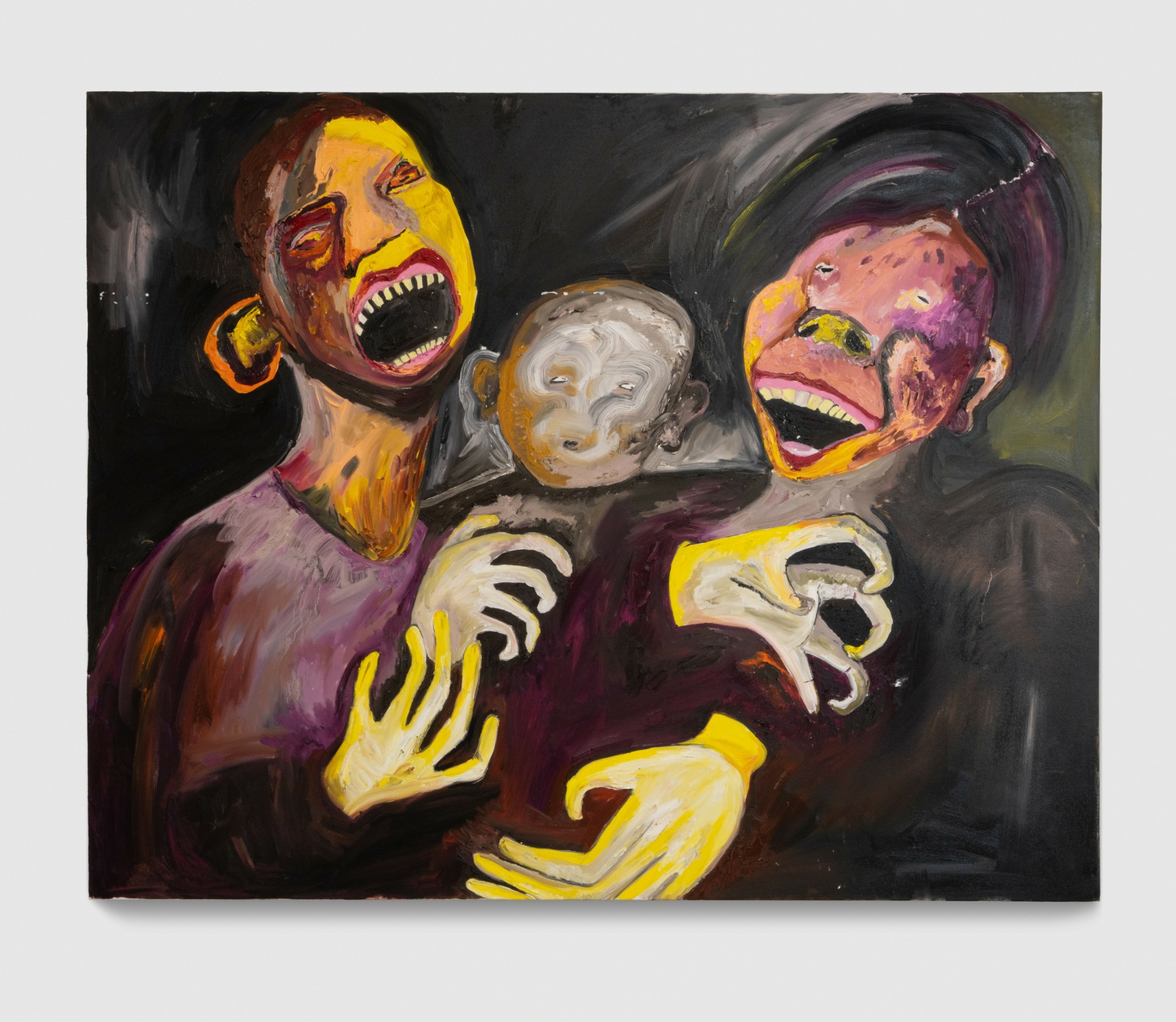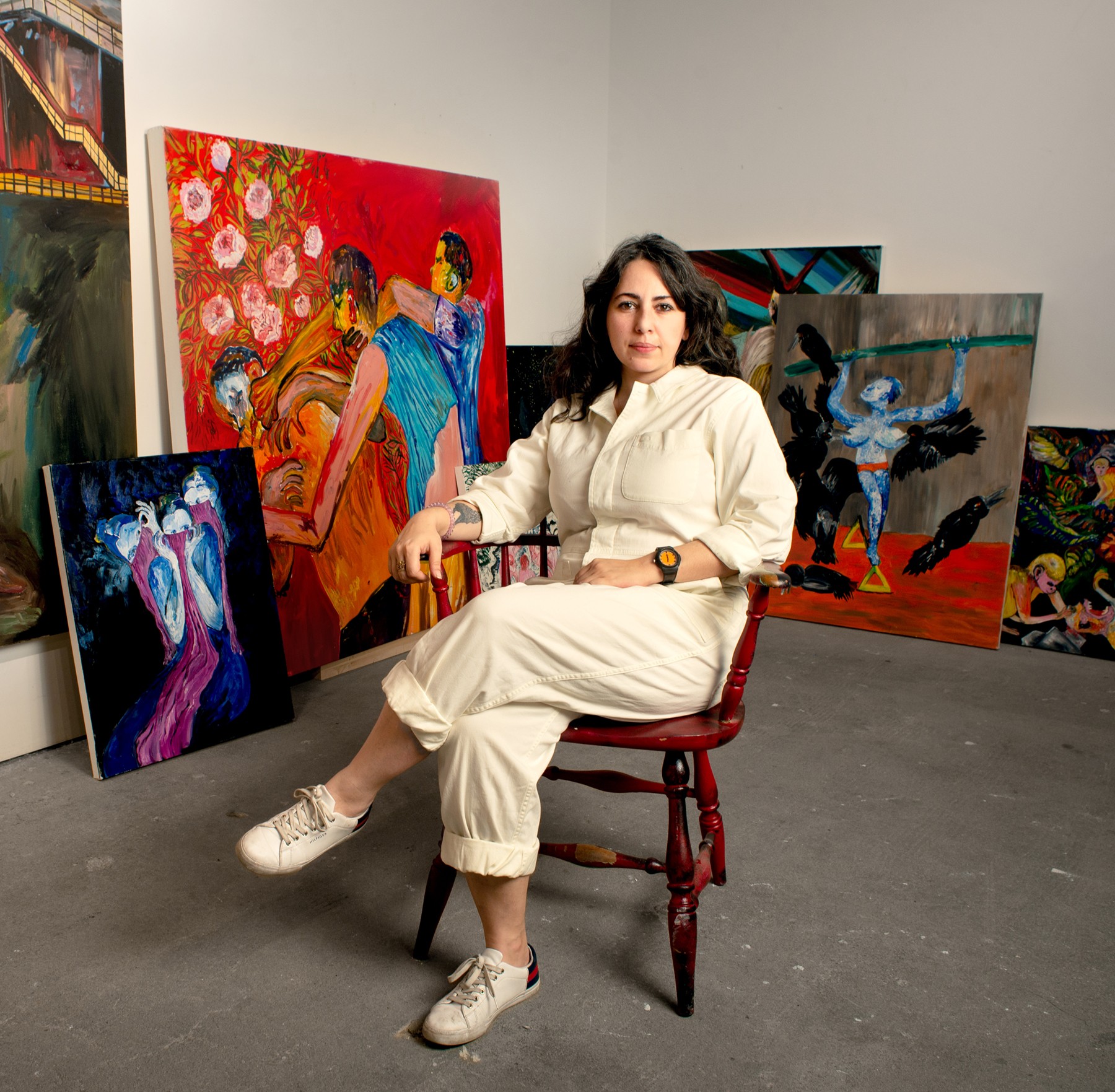Alright – so today we’ve got the honor of introducing you to Haniko Zahra. We think you’ll enjoy our conversation, we’ve shared it below.
Hi Haniko, thanks for joining us today. We’d love to hear about when you first realized that you wanted to pursue a creative path professionally.
I think the first time I truly knew I wanted to pursue a creative path professionally was during the protests in Iran in 2018. Up until that point, I had been trained in representational painting techniques and studied the history of Persian miniatures at university. My education was focused on tradition, restraint, and adhering to rules—mirroring the patriarchal and restrictive nature of the society I grew up in.
Seeing the protests unfold and witnessing the courage of people standing up against oppression made me question my role as an artist. It felt irresponsible to continue making work that avoided confronting the realities around me. I realized that I wanted my paintings to be more than just skillful renderings; I wanted them to reflect the world I live in, to protest against the limitations placed on expression, and to challenge the norms I had been taught. That moment was a turning point—it shifted my understanding of what an artist could be and solidified my desire to use painting as a tool for critical reflection and resistance.
Since then, my work has been an effort to break away from the formal, controlled approach I learned in Iran. I want my paintings to be raw and honest, to capture a world made of my observations, dreams, and memories. I strive to create something that is not just personal but also a critical response to the social and political structures I navigate.
This moment of realization not only pushed me toward pursuing an MFA at UCLA but also reshaped my entire approach to art-making. It was the first time I felt that my creative path had a clear purpose beyond personal fulfillment—it had a responsibility to engage with the complexities of my experiences and the world around me.
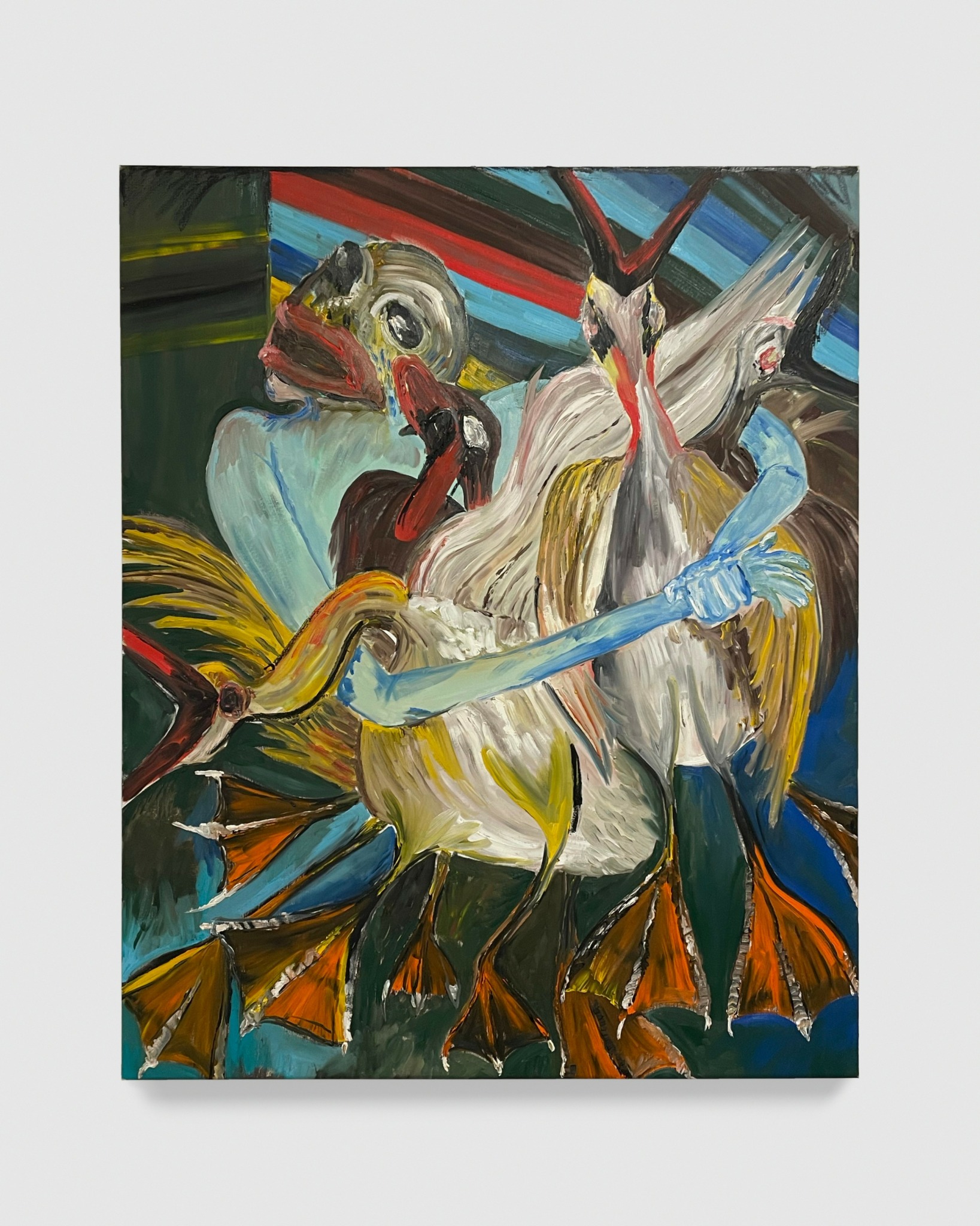
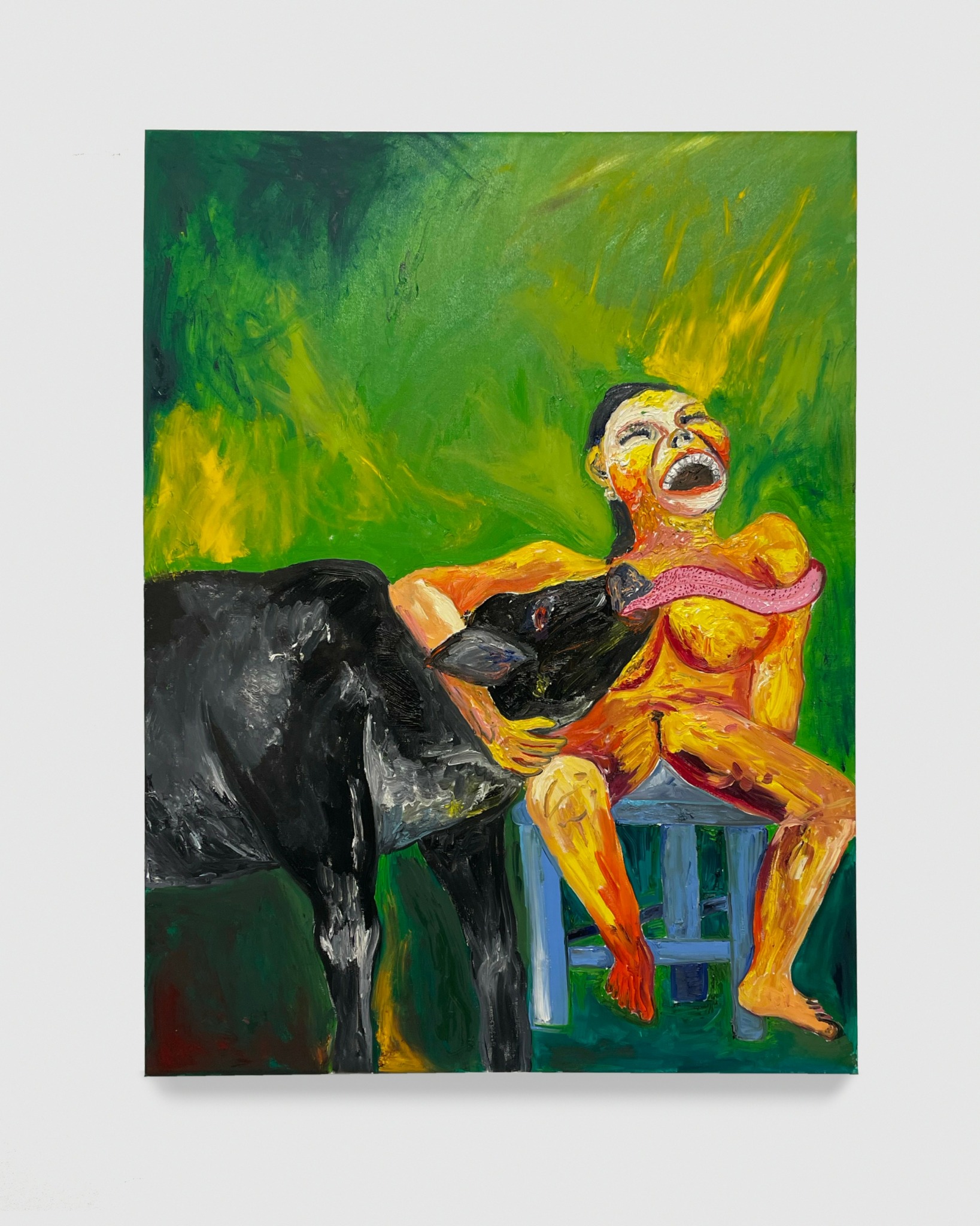
Haniko, before we move on to more of these sorts of questions, can you take some time to bring our readers up to speed on you and what you do?
My creative path has been deeply influenced by the socio-political environment I grew up in—a post-revolution Iran, where societal norms and the male gaze have a significant impact on how women are perceived and portrayed. These experiences have fueled my desire to challenge norms, break conventions, and create work that questions the structures of power and control.
I initially trained in representational painting and Persian miniatures, gaining a strong foundation in traditional techniques. However, my perspective and approach shifted during the protests and sanction In Iran. Witnessing people’s defiance against oppression redefined my understanding of what an artist could do and the role my work could play. I began to see my paintings not just as personal expressions, but as acts of protest—attempts to critique the constraints of my formal education and the broader societal limitations on expression.
My work aims to be raw, honest, and layered with the complexities of my experiences. I explore themes of identity, contradiction, and power dynamics, using the history of painting to develop a contemporary visual language that feels true to my perspective. My paintings often blend elements of figuration, abstraction, and critical representation, reflecting a balance between memory, observation, and resistance.
I got an MFA at UCLA, where I have had the privilege of collaborating with artists who share a commitment to challenging and questioning societal norms. This environment has helped me push my practice further and allowed me to imagine new possibilities for my work.
What sets my practice apart is my commitment to confronting and critiquing normalized contradictions—those societal rules that, over time, become invisible and unquestioned. I want my work to add to the possibilities and narratives of this world, to create space for voices and perspectives that are often suppressed. I believe that art has the power to disturb comfort, ignite thought, and foster dialogue, and this is what drives me to create.
I am most proud of the way my paintings have become a platform for expressing the complexities of my identity and the socio-political tensions I navigate. I hope that my work resonates with others who have lived through similar contradictions and can serve as a bridge to conversations that need to happen.
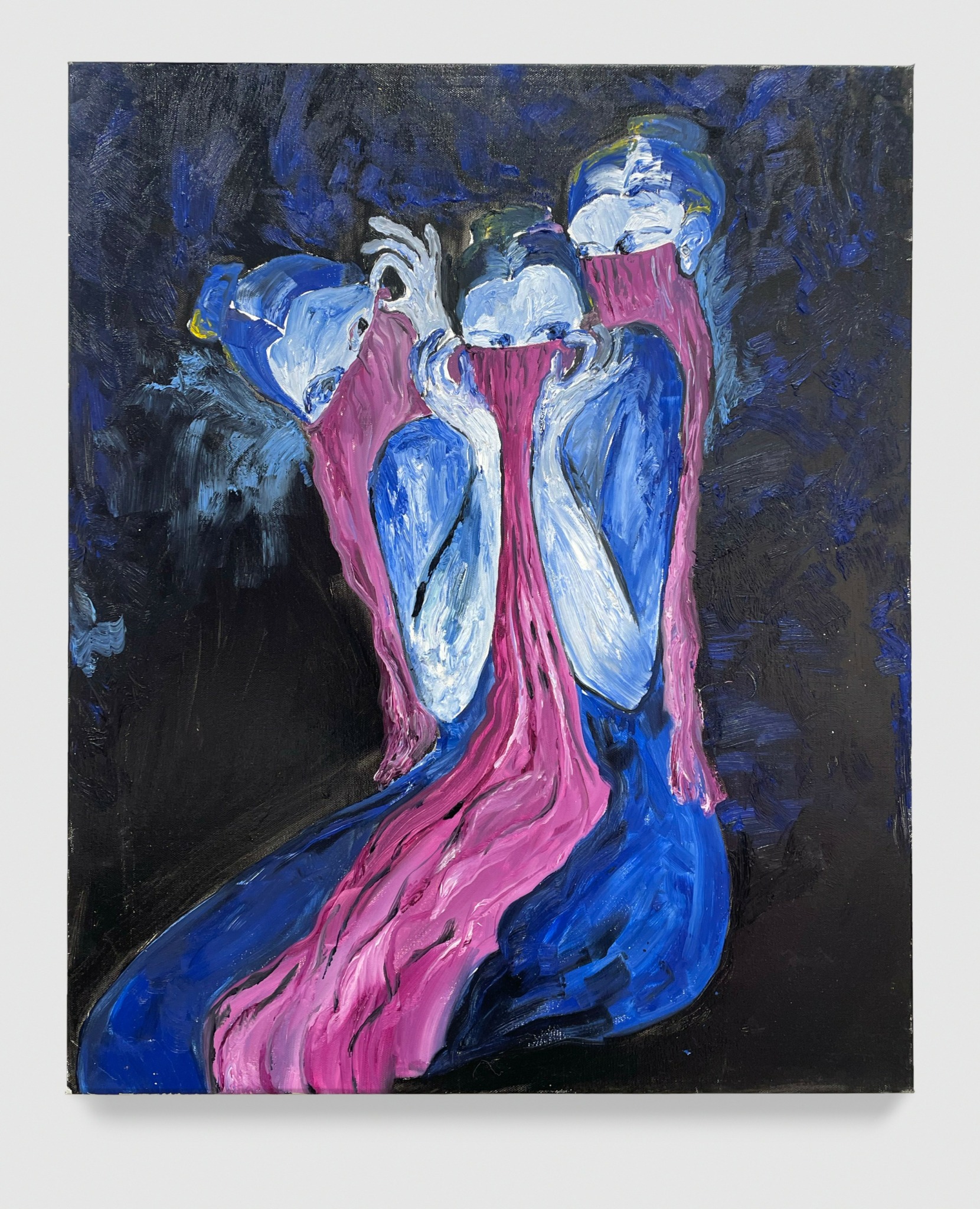
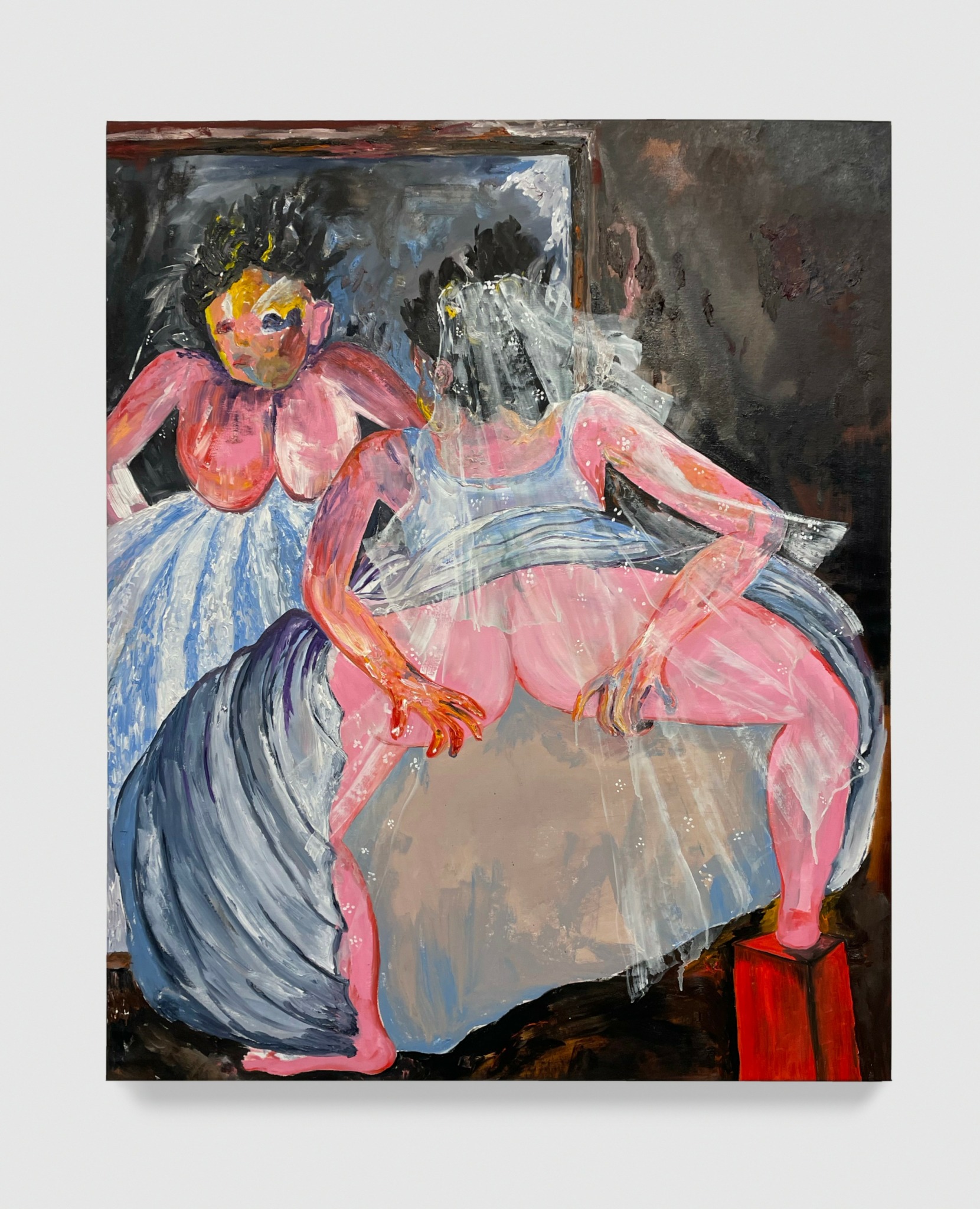
Can you tell us about a time you’ve had to pivot?
For many years, I had a narrow understanding of what art meant. I dedicated myself to mastering the techniques of painting, striving to achieve a high level of skill. While I became technically proficient, I realized that I had confined myself to a limited idea of what beauty should be—something polished, controlled, and approved by traditional standards.
It took me a long time to challenge this mindset and ask myself, What does beauty truly mean? I had to revisit all my years of training and essentially dismantle my own understanding of beauty to find a sense of creative freedom. This process of unlearning allowed me to embrace imperfection and vulnerability, to create work that feels human, genuine, and unapologetically my own.
Letting go of rigid definitions has given me the freedom to be an artist and a woman on my own terms. It has allowed me to explore themes that resonate with my lived experiences, to make art that is not just about skill but about expressing the complexities of being.

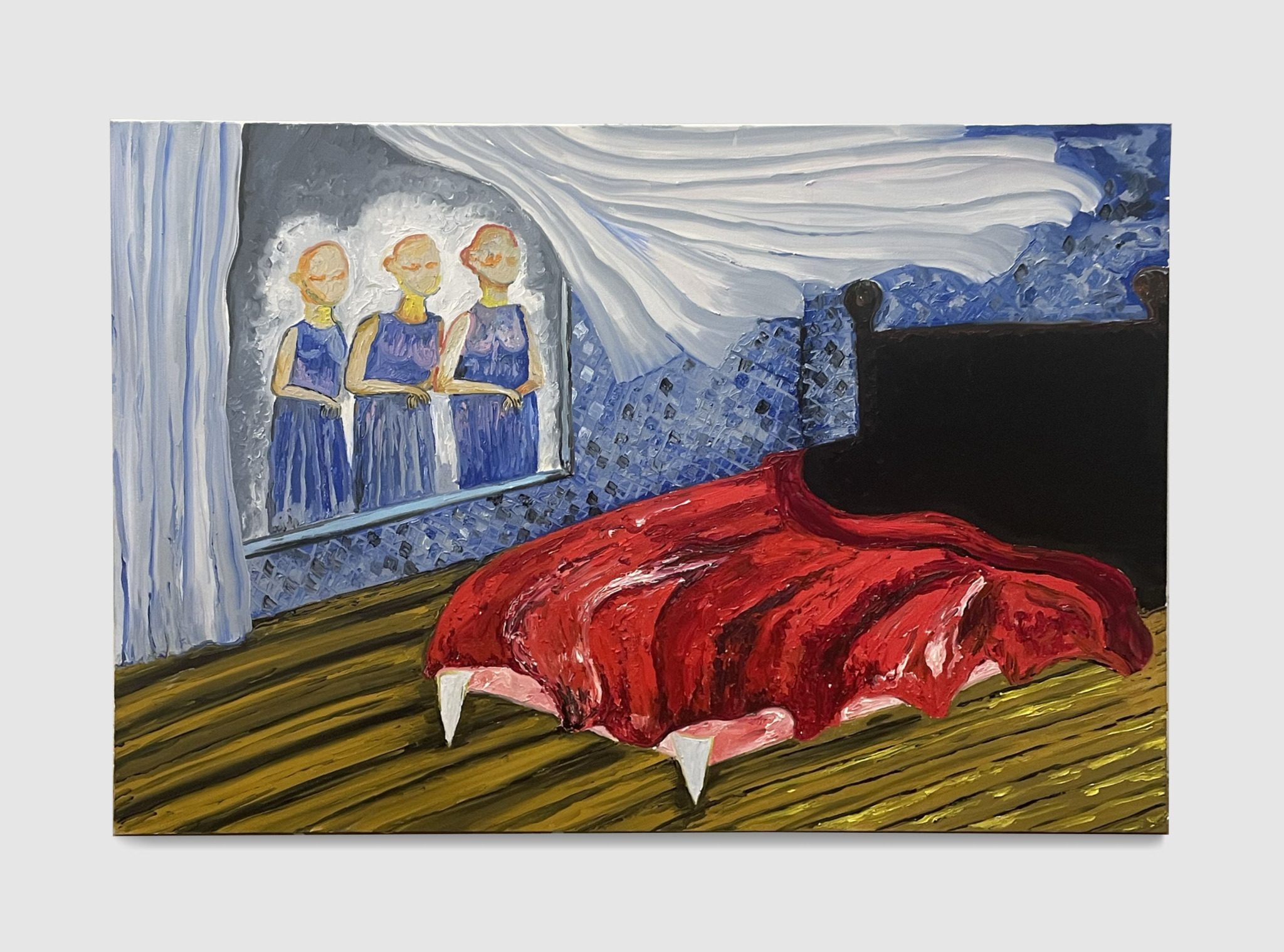
What’s the most rewarding aspect of being a creative in your experience?
For me, the most rewarding aspect of being an artist is the freedom to create my own language—a way to express ideas, emotions, and experiences that might be difficult to articulate in any other form. Painting allows me to confront contradictions, question norms, and reflect on the complexities of my identity and the world around me.
There’s a unique satisfaction in knowing that my work can resonate with others, spark conversation, or offer a perspective that might be unfamiliar. I appreciate the vulnerability and courage it takes to share my perspective openly, especially when it challenges established ideas. It’s rewarding when someone sees themselves in my work or feels that it speaks to their own experiences—that connection feels meaningful and affirming.
Ultimately, being an artist gives me a sense of agency. It allows me to create a space for reflection, exploration, and resistance—on my own terms. That sense of creative freedom and purpose is something I value deeply.
Contact Info:
- Website: https://hanikozahra.net
- Instagram: 2haniko.zahra
- Facebook: Haniko Zahra
